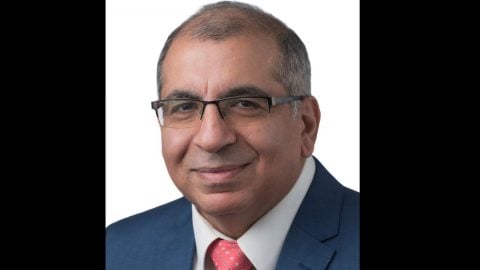In September 2015, sixteen federal agencies released a Notice of Proposed Rulemaking (NPRM) that outlined far-reaching changes to the Common Rule. The Common Rule is the regulatory framework for all federally funded human subjects research; many U.S. institutions extend it to nonfederally funded research as well. David Magnus discusses the ability of a range of multimedia informational aids to improve participant understanding in the context of research on medical practices. David Magnus, PhD is Thomas A. Raffin Professor of Medicine and Biomedical Ethics and Professor of Pediatrics and Medicine at Stanford University, where he is Director of the Stanford Center for Biomedical Ethics and co-Chair of the Ethics Committee for the Stanford Hospital. He is the former President of the Association of Bioethics Program Directors, and is the Editor in Chief of the American Journal of Bioethics.
Image courtesy of interviewee. December 11, 2017






